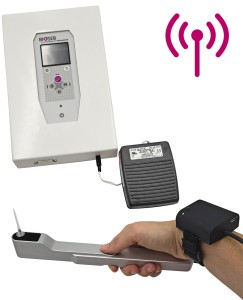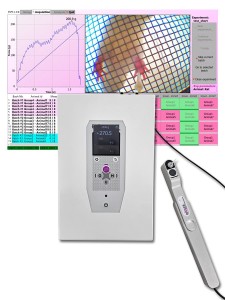Authors
Radwani H, Lopez-Gonzalez MJ, Cattaert D, Roca-Lapirot O et al.
Lab
University of Bordeaux, Bordeaux, France
Journal
J Physiol.
Abstract
Short-term central sensitization to pain temporarily increases the responsiveness of nociceptive pathways after peripheral injury. In dorsal horn neurons (DHNs), short-term sensitization can be monitored through the study of wind-up. Wind-up, a progressive increase in DHNs response following repetitive peripheral stimulations, depends on the post-synaptic L-type calcium channels. In the dorsal horn of the spinal cord, two L-type calcium channels are present, Cav1.2 and Cav1.3, each displaying specific kinetics and spatial distribution. In the present study, we used a mathematical model of DHNs in which we integrated the specific patterns of expression of each Cav subunits. This mathematical approach reveals that Cav1.3 is necessary for the onset of wind-up, whereas Cav1.2 is not and that synaptically triggered wind-up requires NMDA receptor activation. We then switched to a biological preparation in which we knocked down Cav subunits and confirmed the prominent role of Cav1.3 in both naive and spinal nerve ligation model of neuropathy (SNL). Interestingly, although a clear mechanical allodynia dependent on Cav1.2 expression was observed after SNL, the amplitude of wind-up was decreased. These results were confirmed with our model when adapting Cav1.3 conductance to the changes observed after SNL. Finally, our mathematical approach predicts that, although wind-up amplitude is decreased in SNL, plateau potentials are not altered, suggesting that plateau and wind-up are not fully equivalent. Wind-up and long-term hyperexcitability of DHNs are differentially controlled by Cav1.2 and Cav1.3, therefore confirming that short- and long-term sensitization are two different phenomena triggered by distinct mechanisms.
BIOSEB Instruments Used
Electronic Von Frey 4 (BIO-EVF4),Electronic Von Frey 5 with embedded camera (BIO-EVF5)
Source :

 Pain - Thermal Allodynia / Hyperalgesia
Pain - Thermal Allodynia / Hyperalgesia Pain - Spontaneous Pain - Postural Deficit
Pain - Spontaneous Pain - Postural Deficit Pain - Mechanical Allodynia / Hyperalgesia
Pain - Mechanical Allodynia / Hyperalgesia Learning/Memory - Attention - Addiction
Learning/Memory - Attention - Addiction Physiology & Respiratory Research
Physiology & Respiratory Research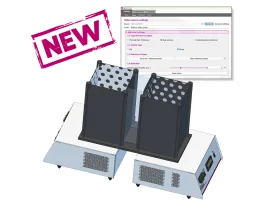

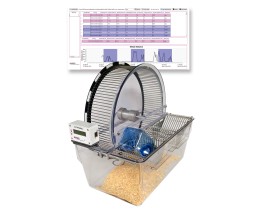

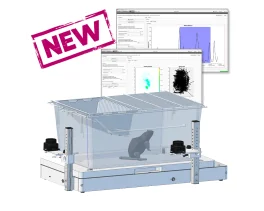
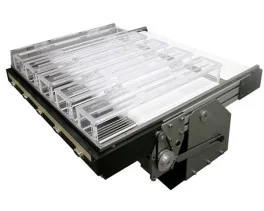
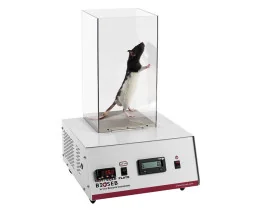
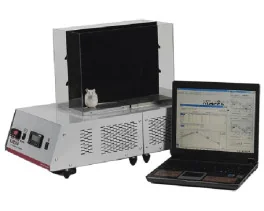

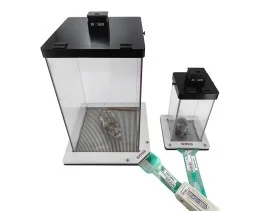

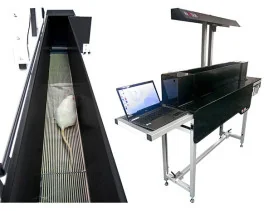
![Dynamic Weight Bearing 2.0 – Postural Module [Add-on]](https://bioseb.com/733-home_default/dynamic-weight-bearing-20-add-on-postural-module.jpg)
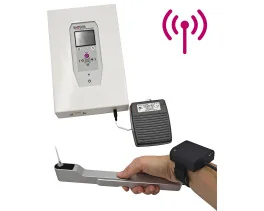


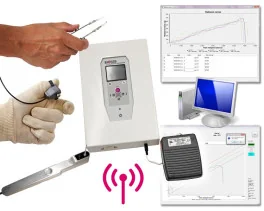

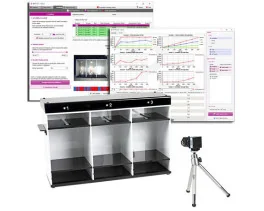
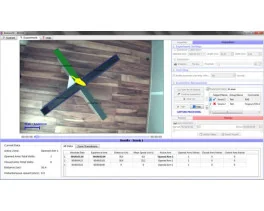
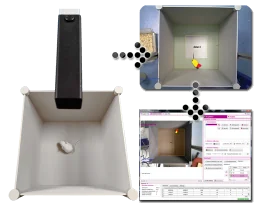


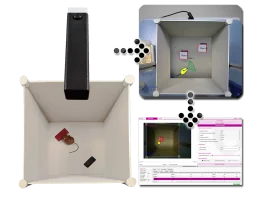

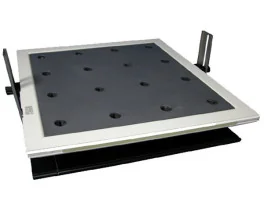


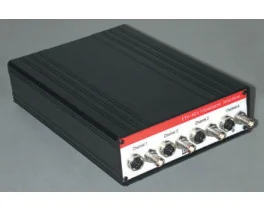
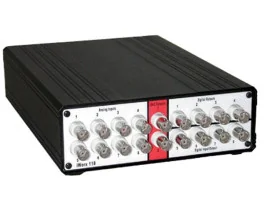
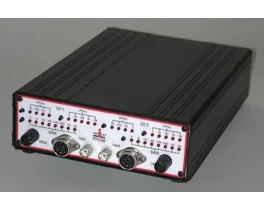
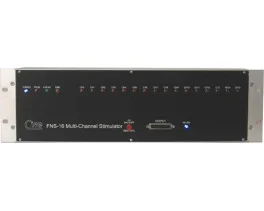
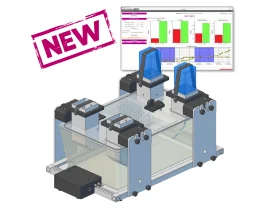


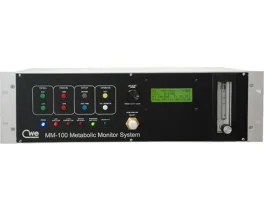
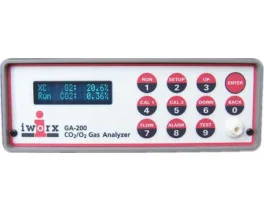
 Pain
Pain Central Nervous System (CNS)
Central Nervous System (CNS) Neurodegeneration
Neurodegeneration Sensory system
Sensory system Motor control
Motor control Mood Disorders
Mood Disorders Other disorders
Other disorders Muscular system
Muscular system Joints
Joints Metabolism
Metabolism Cross-disciplinary subjects
Cross-disciplinary subjects CONFERENCES & MEETINGS
CONFERENCES & MEETINGS 